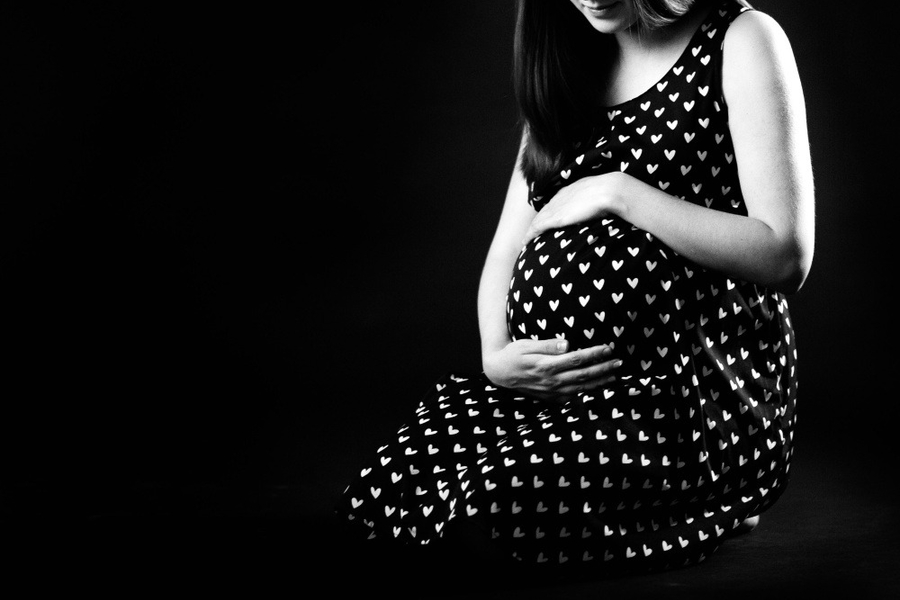
What Is Intrauterine Growth Restriction? (IUGR)
13 Jul 2018 | 4 min Read
Babychakra
Author | 1369 Articles
Pregnancy is a cherished period in every woman’s life but it may come with its own share of complications. One such complication is Intrauterine Growth Restriction (IUGR) in which the unborn baby does not grow at a normal rate inside the womb and has a low birth weight. This delayed growth results in a number of health conditions for both the mother and the baby.
Reasons for IUGR
There are many possible causes for IUGR, the most common one being a problem with the placenta. The placenta is a tissue that connects the mother to the baby and carries oxygen and nutrients for a healthy foetal development. Any problem with the placenta may deprive the foetus of adequate levels of oxygen and nutrients, thus resulting in its restricted growth. Other possible reasons can be:
- Carrying twins or triplets
- Mother suffering from pre-existing medical problems such as high blood pressure, diabetes, chronic anaemia, lung diseases, and kidney conditions
- Poor nutrition during pregnancy
- Smoking, drinking alcohol, or taking drugs during the pregnancy period
- A pregnant woman developing infections such as cytomegalovirus, syphilis, rubella, and toxoplasmosis
- Taking certain medicines during pregnancy
- Low weight of the expecting mother
Health Conditions Associated with IUGR
Babies diagnosed with IUGR usually weigh below the 10th percentile of their gestational age. This delayed growth may result in many health conditions during pregnancy, delivery, and after birth. These include:
- Reduced oxygen levels
- Low birth weight
- Low blood sugar levels
- Inability to take the stresses of a normal delivery
- Breathing problems because of meconium aspiration
- Difficulty in maintaining a suitable body temperature
- Elevated red blood cell count
- A weak immune system function
- Low Apgar scores due to weak physical condition
Signs and Symptoms of IUGR
Routine antenatal appointments are important to monitor the baby’s size throughout pregnancy. A baby small for their gestational age is one of the main signs of IUGR. It may also look malnourished and have thin, pale, dry, and loose skin.
Another sign of IUGR is a thin and dull umbilical cord instead of a thick and shiny one.
How is IUGR Diagnosed?
It is important to diagnose Intrauterine Growth Restriction accurately because not all babies who are small and have a low birth weight have IUGR. This diagnosis is done by determining the baby’s gestational age by dating the pregnancy correctly. Once the doctors know the accurate gestational age of the baby, they compare the baby’s growth with the normal growth rate. If the growth rate is slower than expected, the doctors will monitor the growth and conduct some tests to check for IUGR.
Here are some ways to monitor the baby’s growth rate:
• Uterine Fundal Height
In this, the baby’s size is estimated by measuring the expecting mother’s belly from the pubic bone to the uterus.
• Ultrasound
An ultrasound examination will not only help diagnose IUGR but also identify the placenta’s health and check levels of amniotic fluid.
• Foetal Monitoring
This is done to track the baby’s movements and heart rate.
What to do if a Baby has IUGR?
Managing IUGR mainly depends on how early the problem started during pregnancy and how severe it is. In most cases, it is seen that the earlier the problem starts, the greater is the growth restriction.
Here are some ways to monitor the foetus periodically and look for potential problems:
• Scans and Tests
Regular scans and CTG monitoring help keep a check on the baby’s growth from time to time. If the doctor notices severe growth issues, additional scans may be necessary.
• Doppler Test
Doppler test uses sound waves to measure the speed and amount of blood that flows in the umbilical cord and the blood vessels of the foetus’ developing brain.
• Foetal movement
It is important to pay attention to a baby’s pattern of movement. A baby that moves every day is healthy, while less or no movement may indicate a health condition. Any change in a baby’s movement pattern calls for an immediate examination.
In severe cases of IUGR, an early delivery may be necessary to ensure a baby’s well-being.
How to Cope with IUGR?

If your baby has an Intrauterine Growth Restriction, you should strictly follow your doctor’s advice and go for prenatal visits and testing appointments. It is also important for you to follow a nutritious diet, get good sleep, and avoid drugs, smoking, and alcohol.
Staying healthy and happy throughout pregnancy is important for both the expecting mother and baby. Keep a positive outlook and follow your doctor’s advice strictly to rule out conditions. Have a joyful pregnancy!
A


Related Topics for you
Suggestions offered by doctors on BabyChakra are of advisory nature i.e., for educational and informational purposes only. Content posted on, created for, or compiled by BabyChakra is not intended or designed to replace your doctor's independent judgment about any symptom, condition, or the appropriateness or risks of a procedure or treatment for a given person.
